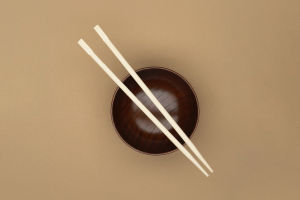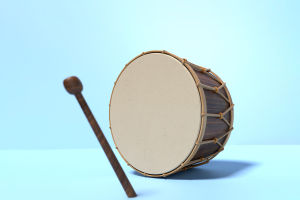The Flowers' Calendar
Flowers have always been more than just a beautiful gift. Throughout history, they’ve been loaded with symbolism, and over time, different flowers were associated with each month of the year. But who decided which flower is ideal for which month?
While there is no singular governing body, the tradition of associating birth flowers with specific months largely stems from ancient beliefs, customs, and practices.
Over the centuries, various cultures - particularly in Europe and America - helped shape the modern birth flower calendar, aligning certain blooms with seasonal traits and astrological beliefs. By the 19th century, the Victorians formalized these associations further with the rise of floriography, the language of flowers, which assigned specific meanings to each bloom. Let’s explore which flower represents each month and what they symbolize.
1. January: Carnation
Symbolizing admiration and love, carnations are often gifted in various colors. Red carnations signify deep affection, while white ones represent purity and luck.
2. February: Violet
Associated with faithfulness and humility, violets are the perfect flower for those who value loyalty and modesty in relationships.
3. March: Daffodil
Daffodils embody new beginnings and hope, making them the ideal gift for anyone celebrating a fresh start or overcoming a challenge.
4. April: Daisy
Daisies represent innocence and purity. They are a bright and cheerful flower, often associated with positive energy and a childlike sense of wonder.
5. May: Lily of the Valley
Known for its delicate beauty, Lily of the Valley signifies humility and sweetness. It’s perfect for expressing soft and heartfelt emotions.
6. June: Rose
Roses are universally known as the flower of love and passion. However, different colored roses carry different meanings: red for love, yellow for friendship, and white for purity.
7. July: Larkspur
Symbolizing positivity and grace, larkspur’s tall and elegant blooms make it a lovely choice for a celebratory occasion or birthday.
8. August: Gladiolus
The gladiolus stands for strength of character and integrity. Its tall, spiky shape symbolizes courage and moral conviction.
9. September: Aster
Asters convey wisdom, patience, and love. They are perfect for someone you admire for their intellect or compassion.
10. October: Marigold
Marigolds symbolize warmth, creativity, and a fierce spirit. They are often associated with celebrations and remembrances in many cultures, such as Dia de los Muertos in Mexico.
11. November: Chrysanthemum
Known for symbolizing friendship, loyalty, and joy, chrysanthemums are especially popular in Asia, where they represent longevity and vitality.
12. December: Holly
Holly, with its festive red berries, signifies protection and domestic happiness. It's often used in wreaths and holiday decorations, making it a meaningful December flower.
Do’s and Don’ts of Flower Gifting
Do Consider Color Symbolism:
Different colors of flowers convey different messages. For example, yellow flowers like yellow roses or sunflowers represent friendship and joy, while blue flowers like blue hydrangeas symbolize peace and tranquility. A pink rose might represent admiration, while purple flowers often convey royalty or success.
Don’t Choose Culturally Inappropriate Flowers:
Flowers hold different meanings in various cultures. In some Asian countries, white flowers are often associated with funerals and mourning, making them an inappropriate gift for celebratory occasions. In contrast, red flowers can be seen as lucky in China, symbolizing prosperity and happiness, but yellow flowers in certain European countries may signal jealousy or even infidelity. It’s always good to be mindful of the cultural significance behind your choice of flowers to avoid unintentional missteps.
So, what's your birth flower, and do you think it fits your personality? Have you ever received a flower that carried a special meaning for your birthday? Let us know if this flower calendar matches what you've heard about your birth month bloom!


